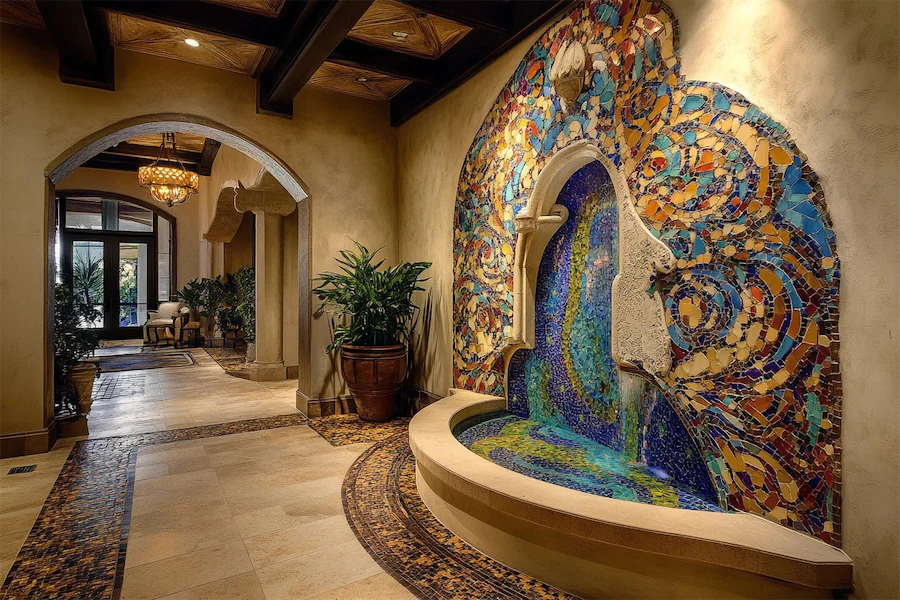Traditional wall designs are integral to interior spaces, reflecting cultural heritage and timeless aesthetics. They encompass various styles and elements that have evolved over centuries, adapting to regional influences and materials.
History and Origins of Traditional Wall Designs
The evolution of traditional wall designs is deeply rooted in the architectural and cultural developments of different societies. From the ornate wainscoting of 18th-century Europe to the intricate wood paneling in Asian interiors, these designs have been shaped by available materials, craftsmanship, and prevailing artistic movements. For instance, Victorian-era homes often featured elaborate wall moldings and paneling, reflecting the era’s emphasis on ornamentation and detail.
Key Features of Traditional Wall Designs
Traditional wall designs are characterized by several distinctive features:
- Wall Paneling: Incorporating raised or recessed panels adds depth and texture to walls. Styles such as wainscoting, beadboard, and board-and-batten are common, each bringing a unique pattern and rhythm to the space.
- Decorative Moldings: Crown moldings, chair rails, and baseboards serve both functional and decorative purposes, framing walls and adding a sense of refinement. These elements often feature intricate profiles and are painted in complementary or contrasting colors to the walls.
- Textured Finishes: Techniques like plastering, stucco, or the application of textured wallpapers introduce tactile qualities, enhancing the visual interest of the walls. Such finishes can reflect light differently throughout the day, adding dynamic character to the room.
- Rich Color Palettes: Traditional designs often employ deep, saturated colors that convey warmth and sophistication. Shades like burgundy, forest green, and navy blue are commonly used, sometimes complemented by gilded accents.
Applications of Traditional Wall Designs
Traditional wall designs are versatile and can be applied in various settings:
- Living Rooms: Implementing wainscoting or full-height paneling creates an elegant backdrop for furnishings and art. Pairing these elements with classic furniture pieces enhances the cohesive traditional aesthetic.
- Dining Rooms: Chair rails combined with contrasting paint or wallpaper above and below add formality and distinction to dining spaces. This approach also protects walls from chair backs, combining functionality with style.
- Bedrooms: Textured wallpapers or fabric-covered walls introduce comfort and luxury, making the bedroom a serene retreat. Canopy beds and upholstered headboards complement these wall treatments, reinforcing the traditional theme.
Considerations When Choosing Traditional Wall Designs
When selecting traditional wall designs, consider the following:
- Architectural Compatibility: Ensure that the chosen design aligns with the home’s architectural style to maintain cohesion. For example, ornate moldings may suit a Victorian home but appear out of place in a mid-century modern setting.
- Quality of Materials: Opt for high-quality materials and craftsmanship to achieve authenticity and longevity. Solid wood paneling and hand-applied finishes often age gracefully, adding to the home’s character over time.
- Maintenance: Some traditional finishes may require regular upkeep; understanding the care involved is essential for preserving their appearance. For instance, natural wood paneling might need periodic polishing or refinishing.
Conclusion
Traditional wall designs offer a timeless appeal that enriches interior spaces with depth, texture, and historical resonance. By thoughtfully integrating elements like paneling, moldings, and rich color palettes, homeowners can create environments that exude warmth and elegance, honoring the craftsmanship and design principles of bygone eras.
